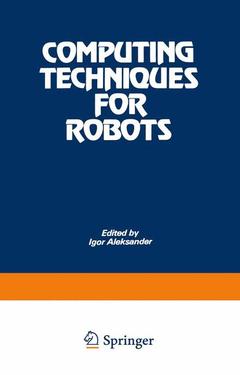I. ALEKSANDER Kobler Unit for Information Technology Management, Imperial College of Science and Technology, London, England It is now over half a decade since Joseph Engelberger wrote: 'Given a six-articulation arm of any configuration, software can be powerful enough to think only in tool coordinates. That is, a programmer concerns himself only with the tool on the end of the robot arm. He can think of the tool's frame of reference and com puter subroutines automatically make the various articulations move so as to accomplish the desired tool manipulation. ' As is often the case with statements of this kind, they are appealing and generally well-founded in technological feasibility. But in order to turn the prediction into reality it requires the dedication and in ventiveness of an international community of researchers. The object of this book is to provide a window on to some of the advances made by this community which go towards the fulfilment of Engelberger's predictions. A significant factor in the framework within which this work is being pursued is the phenomenal advance in the availability of inex pensive and highly compact computing power. It becomes increas ingly possible to imagine powerful microprocessors providing local intelligence at key points in a robot arm Uoints, gripper, etc) by being connected through a communications network and controlled by some specially designated supervisory microchip.




